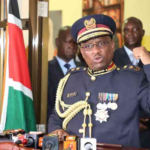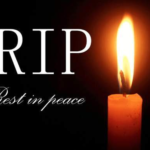According to the government agency, the surgical procedure was meant to control the population in the orphanage.
“The orphanage acts as a refuge site for stray or orphaned animals in the parks. In one cage, we had one lion and three lionesses. The animals had reached the mating stage, and the male one had begun showing signs of a desire to mate; To prevent inbreeding, we decided to conduct a vasectomy on the lion. That would ensure the population in the cage is controlled,” Cornelius Kibet, one of the KWS officers who oversaw the exercise told a local publication.
Kibet additionally pointed out that before the exercise, the officers in charge of the orphanage wrote to the veterinary department to request to conduct the exercise.
He noted that the approval or declination of such a request depends on the examination of the site, the animal, and the reasons indicated.
During the exercise, the veterinaries induced an anaesthetics procedure to immobilise the lion and make it insensitive to pain. Kibet estimated that it would take the lion one week to heal and recover.
“During the three-hour surgery, the anaesthetic drug wore out and the veterinaries had to act fast to immobilise the lion. They administered more anaesthetic drugs to allow them to complete the procedure,” Kibet stated.
The move comes amidst questions on why KWS chose to castrate the lion despite its decline in population throughout the years.
According to a report by the KWS, the population of the animals which were once the most ubiquitous large land mammals after humans are said to be declining by 100 lions on an annual basis.
The declining numbers have been attributed to among other factors, poaching, diseases, climate change, loss of prey, and human-animal conflict.




